1. The Bullet Ant Glove Ritual – Sateré-Mawé, Brazil
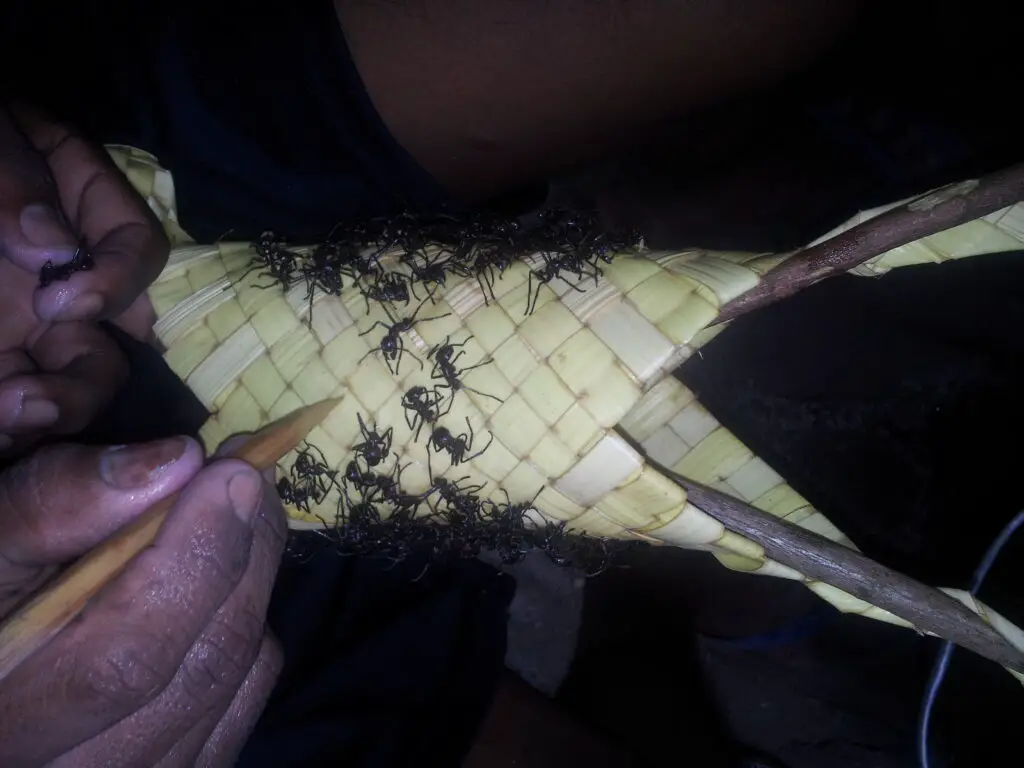
Imagine willingly putting your hands into gloves filled with angry bullet ants. For the Sateré-Mawé people of the Amazon, this is a brutal test of endurance. Young boys prove their strength by enduring the excruciating stings of these insects, which deliver venom that causes waves of unbearable pain. The boys must wear the gloves for about ten minutes while performing a dance, ensuring the ants stay in contact with their skin. And it’s not just once—they have to do this about 20 times over several months. Each round is meant to help them build resistance to pain and prove their readiness for adulthood says Oddity Central.
The pain can last for days, causing paralysis, shaking, and even hallucinations. Despite this, participants are expected to show no signs of weakness. Elders and community members cheer them on, reinforcing the idea that suffering is a path to strength. This rite of passage isn’t just about physical pain but about proving mental fortitude adds Mongabay.
2. Land Diving – Vanuatu
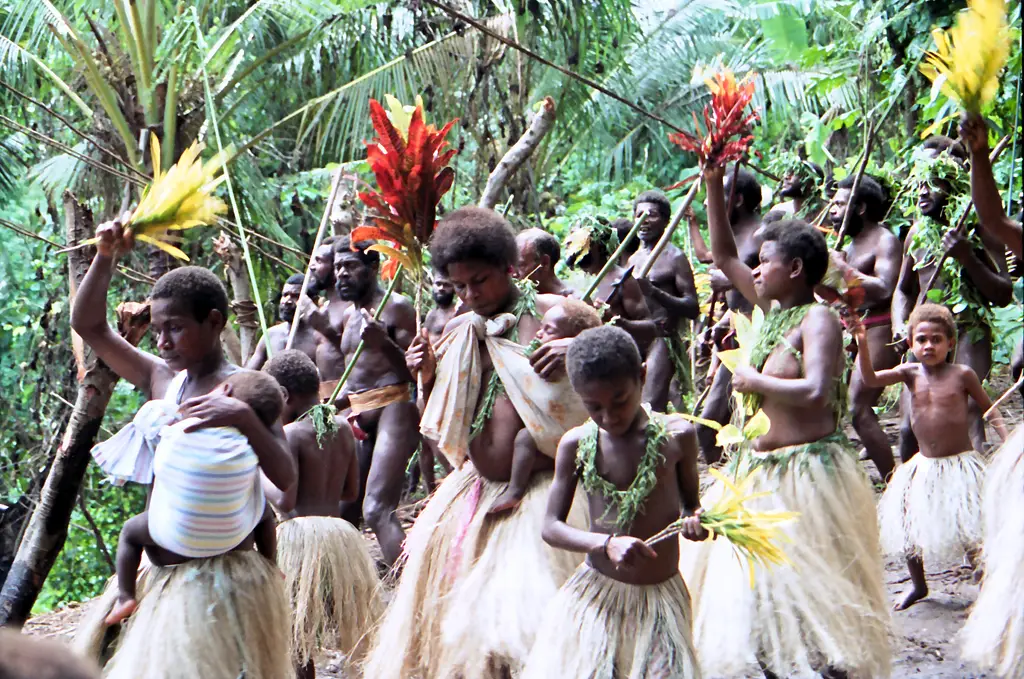
Picture jumping off a 100-foot wooden tower with nothing but vines tied to your ankles. That’s exactly what young men in Vanuatu do in a ritual believed to ensure a good yam harvest. This early version of bungee jumping is meant to prove bravery and transition boys into manhood. The key is for the diver’s head to barely brush the ground, symbolizing a successful rite of passage shares ABC News.
The vines are carefully selected to stretch just enough, but miscalculations can be fatal. Some divers suffer broken bones, while others misjudge the landing and face serious injuries. Despite the dangers, the young men take pride in completing the dive, knowing it earns them immense respect. The tradition continues today, with tourists often watching in awe as these daredevils leap toward the earth.
3. Scarification – Various African Tribes

For some African cultures, including the Karo and Dinka tribes, scars are a badge of honor. Boys and girls undergo scarification as a way to mark their transition into adulthood. Sharp objects like knives or glass are used to create intricate patterns on the skin. The process is agonizing, but showing pain is considered weak says Cultured Mag.
The scars aren’t just decorative; they tell a story. Each mark represents resilience, beauty, and cultural identity. In some tribes, women with elaborate scars are considered more attractive, while men earn status through their ability to withstand the pain. The tradition is slowly fading, but for those who bear the scars, they are a permanent reminder of their strength.
4. Mandan Hook Hanging – Native American Plains Tribes
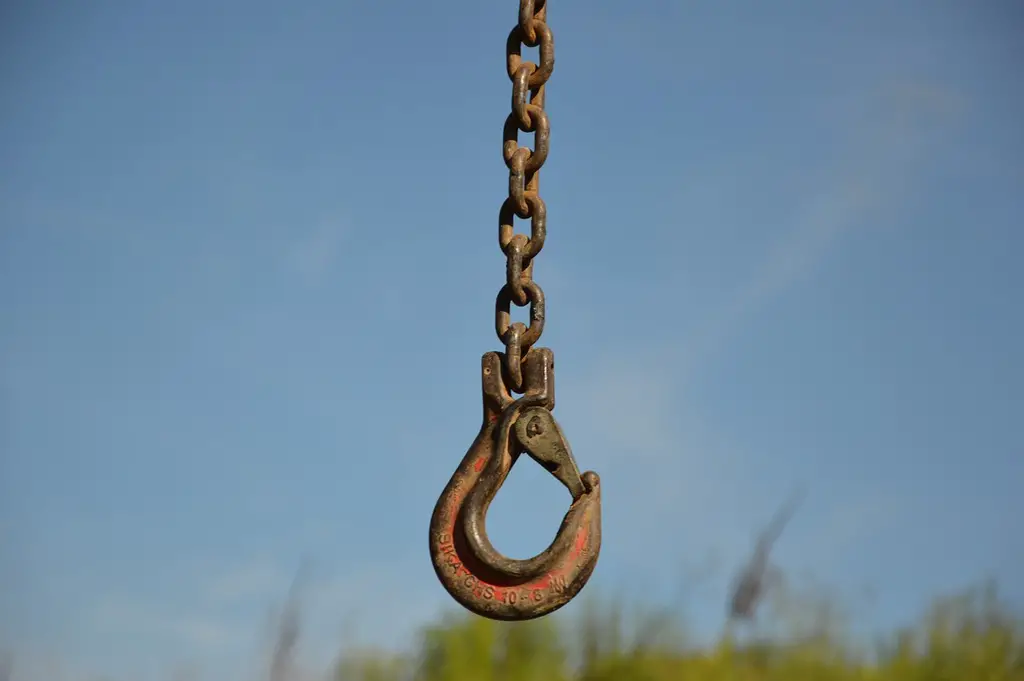
The Mandan people of North America had one of the most extreme coming-of-age rituals. Young men seeking to prove themselves warriors underwent a harrowing endurance test involving hooks pierced through their skin. The hooks were attached to ropes and lifted, suspending the boys in the air. They had to endure the pain without flinching, proving their strength to the tribe.
But the ordeal didn’t stop there. Elders would spin them around and yank on the ropes, intensifying the agony. Some participants even had fingers cut off as an additional test of resilience. Those who completed the ritual without showing fear were seen as true warriors, ready to protect their people.
5. Walkabout – Aboriginal Australia
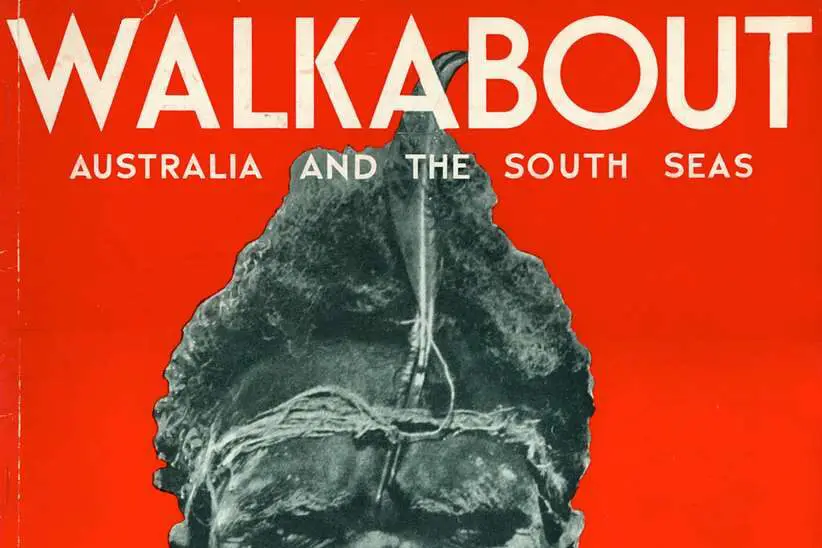
At around age 12, Aboriginal boys embark on a grueling solo journey into the wild. Known as the Walkabout, this test forces them to survive alone for up to six months. They rely on their knowledge of the land, tracking skills, and spiritual guidance. The goal is to prove they can survive as independent adults.
During the journey, they connect with ancestral spirits and learn sacred tribal knowledge. It’s not just about physical survival but also about developing a deep bond with nature. Returning successfully means they are ready for adult responsibilities. Those who fail risk being seen as unprepared for the duties of a man.
6. Spartan Agoge – Ancient Greece
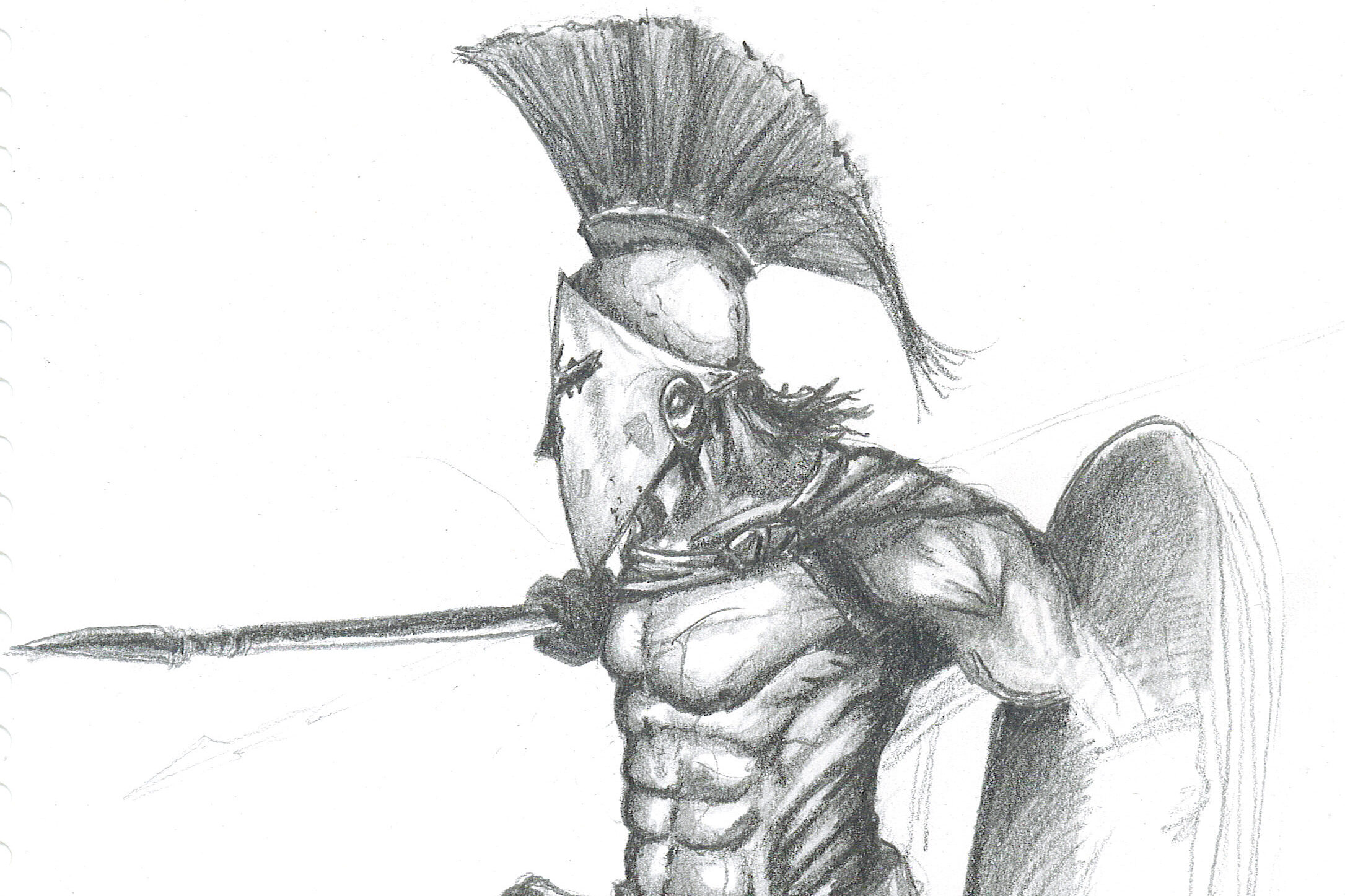
Spartan boys didn’t have a childhood as we know it. At age seven, they were taken from their families and placed in the Agoge, a brutal military training program. They learned to fight, steal, and endure extreme conditions with little food or comfort. Weakness wasn’t tolerated, and only the toughest survived.
The boys were encouraged to steal food but punished severely if caught. They endured beatings, harsh discipline, and brutal combat training. The goal was to produce fearless warriors who could defend Sparta at all costs. By the end of their training, those who survived were ready to serve as the ultimate soldiers.
7. Viking Blood Eagle – Norse Warriors
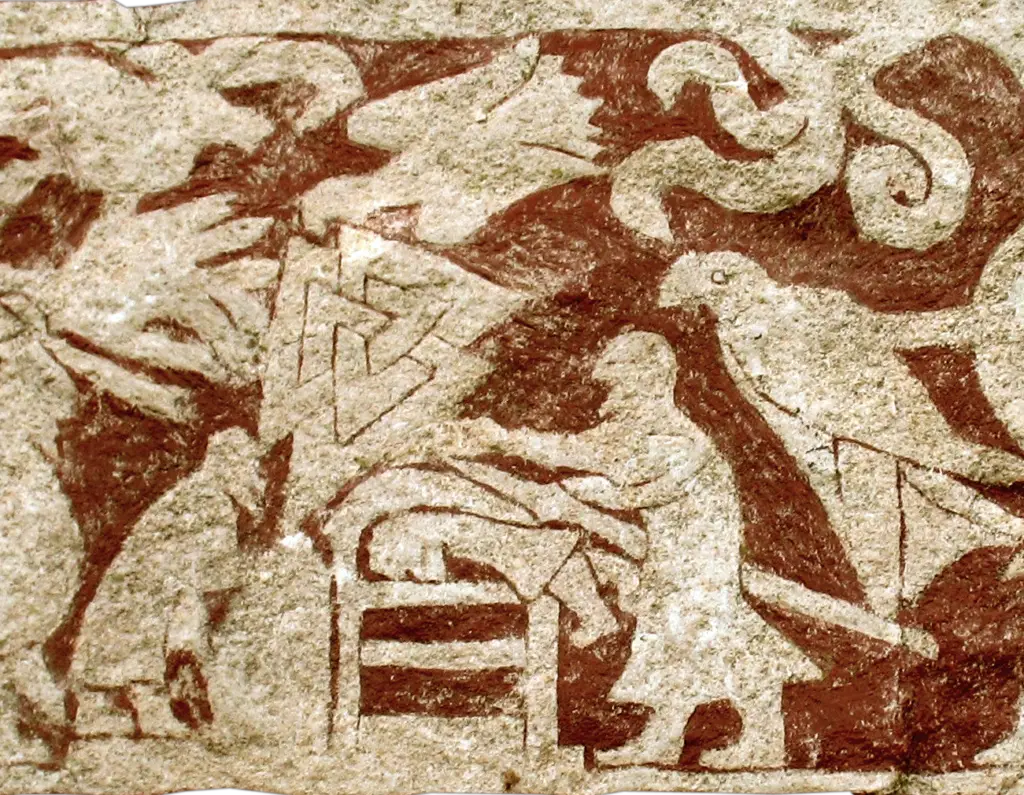
Among Viking warriors, one of the most extreme tests of courage was a ritual known for its brutality. Though typically used as a form of punishment rather than a coming-of-age rite, some saw it as the ultimate display of bravery. The process involved exposing the back and manipulating the bones in a way that symbolized wings—a painful and prolonged ordeal believed to honor the gods.
Some Vikings willingly submitted to this fate, believing it ensured a place in Valhalla. The ability to endure pain without screaming was seen as the ultimate display of strength. While historians debate how often this actually happened, it remains one of the most terrifying tests of endurance in history.
8. Inuit First Hunt – Arctic Regions

In Inuit culture, a boy’s first successful hunt marks his transition into adulthood. He must go into the frozen wilderness, track an animal, and kill it on his own. The challenge is immense, requiring patience, skill, and resilience against the harsh Arctic elements.
The boy’s success determines his ability to provide for a family in the future. Elders watch closely, ensuring he respects traditional hunting methods. Once he returns with his catch, the community celebrates, recognizing him as a man. The rite teaches self-sufficiency, an essential trait for survival in one of the world’s harshest environments.
9. Maasai Lion Hunt – Kenya and Tanzania
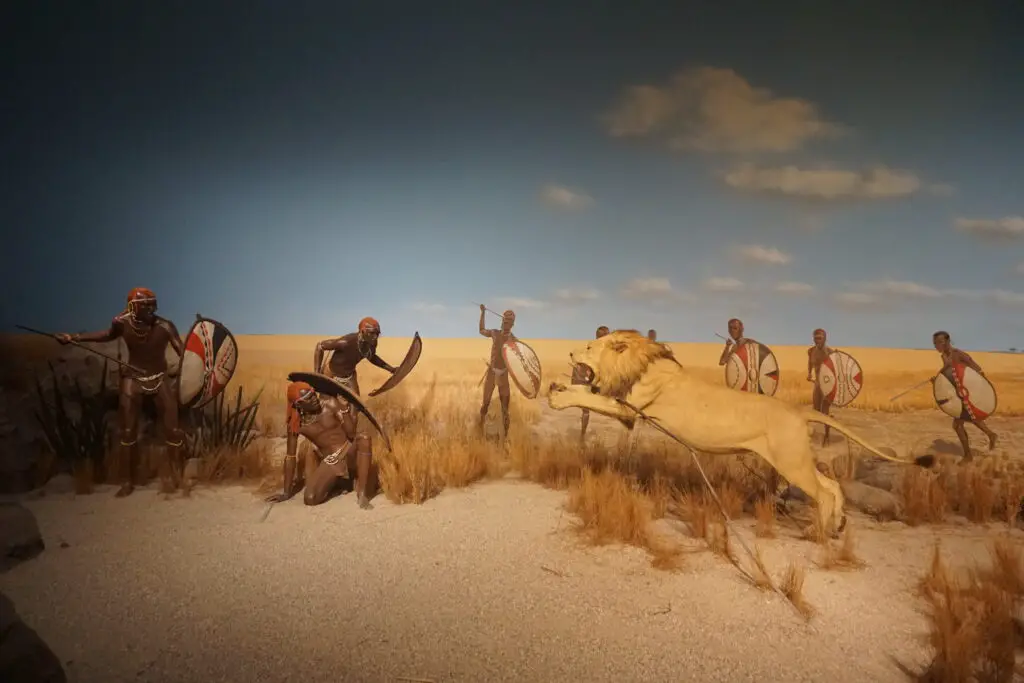
For young Maasai warriors, hunting a lion used to be a key part of proving their bravery. Boys as young as 12 had to track and kill a lion with only a spear. It wasn’t just about skill; it was about fearlessness and teamwork.
Today, conservation efforts have replaced lion hunting with other physical tests, but the tradition lives on in stories. Those who completed the hunt earned the title of warrior, gaining immense respect. The ritual emphasized the need to protect the community, a crucial trait for Maasai men.
10. Fula Whip Match – West Africa
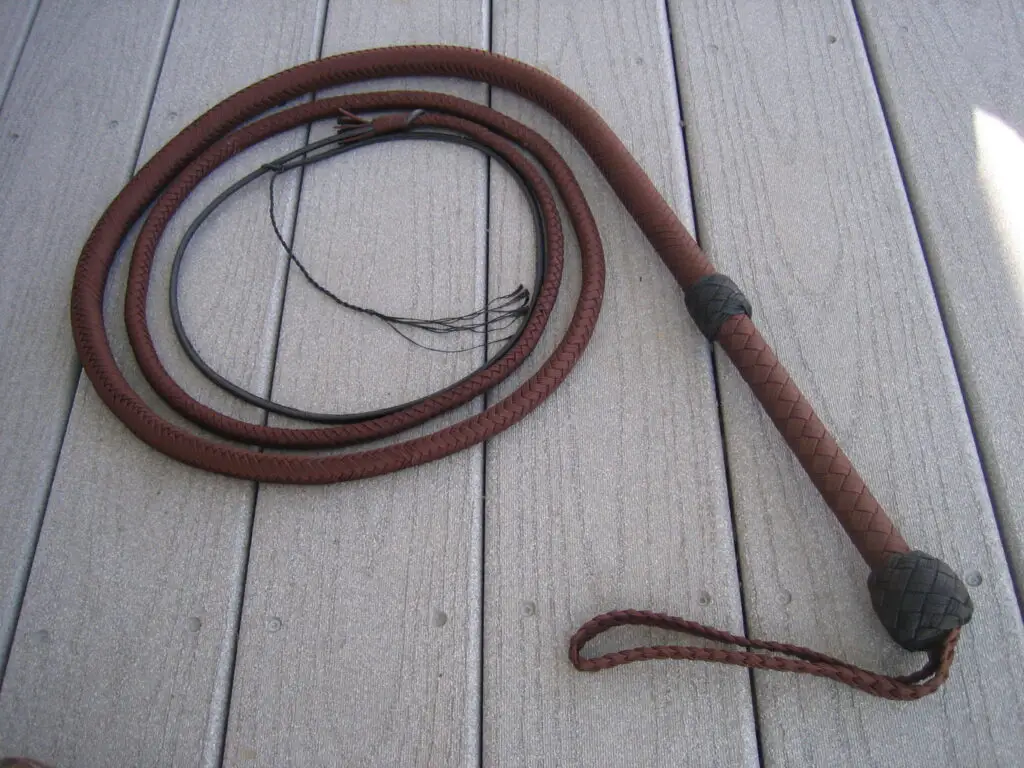
Young Fula boys must endure ritualized whipping contests to prove their toughness. Armed with thin sticks, they take turns lashing each other’s backs. The goal is to remain stoic, showing no pain.
The scars left behind are a source of pride, symbolizing strength and endurance. The event is watched by the entire community, making it a highly respected tradition. Boys who show weakness face ridicule, while those who endure gain admiration.
11. Okipa Ceremony – Mandan Tribe

In another brutal Mandan tradition, young men underwent days of fasting, body mutilation, and suspension by hooks. The ritual was meant to test both physical and spiritual endurance.
They weren’t allowed to show pain, no matter how severe the suffering. Those who completed the ceremony earned a respected place in the tribe. The experience was meant to prepare them for war and hardship.
12. Samurai Genpuku – Feudal Japan
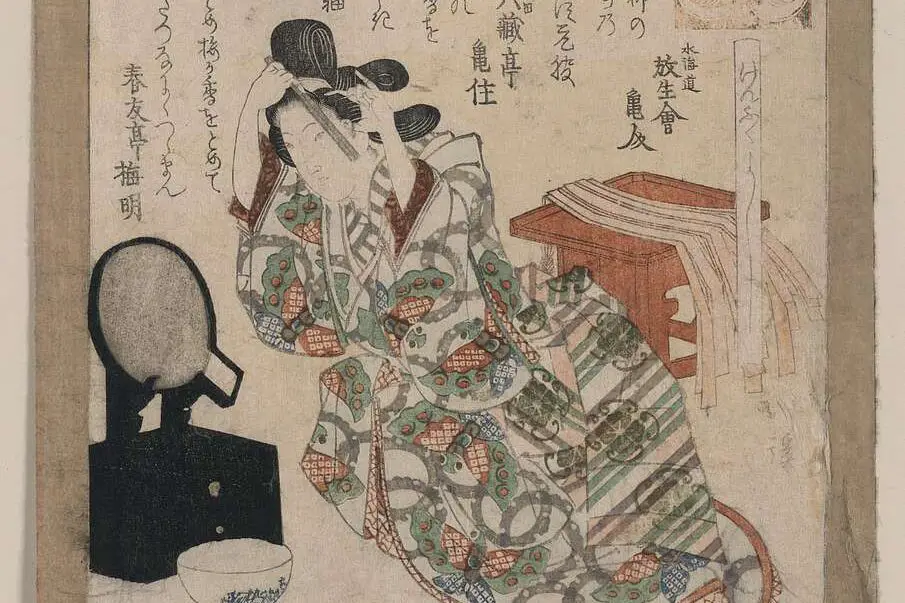
Boys in samurai families underwent Genpuku, marking their transition into adulthood. They were given a warrior name and their first real sword.
The ceremony wasn’t just symbolic; it meant they were ready for battle. Training became even more intense, and they were expected to follow the strict Bushido code. Honor and discipline became their way of life.
13. Seclusion of Puberty – Various Indigenous Tribes
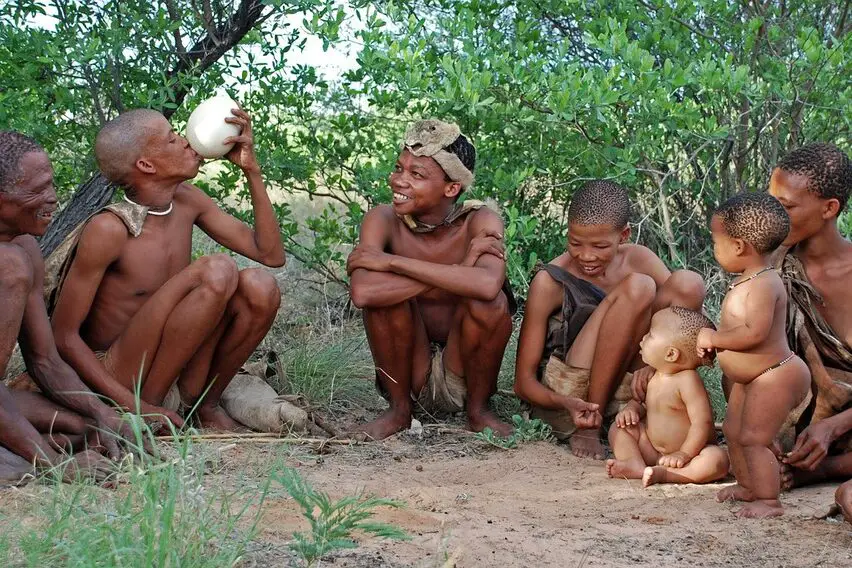
Many indigenous tribes practiced seclusion rites for young boys and girls during puberty. They would spend weeks or months alone, learning spiritual and survival skills.
The process was meant to purify them before entering adulthood. Some underwent painful tests, like piercing or fasting, to prove their strength. Returning to the tribe meant they were ready for new responsibilities.
14. Satere-Mawe Hunting Test – Amazon
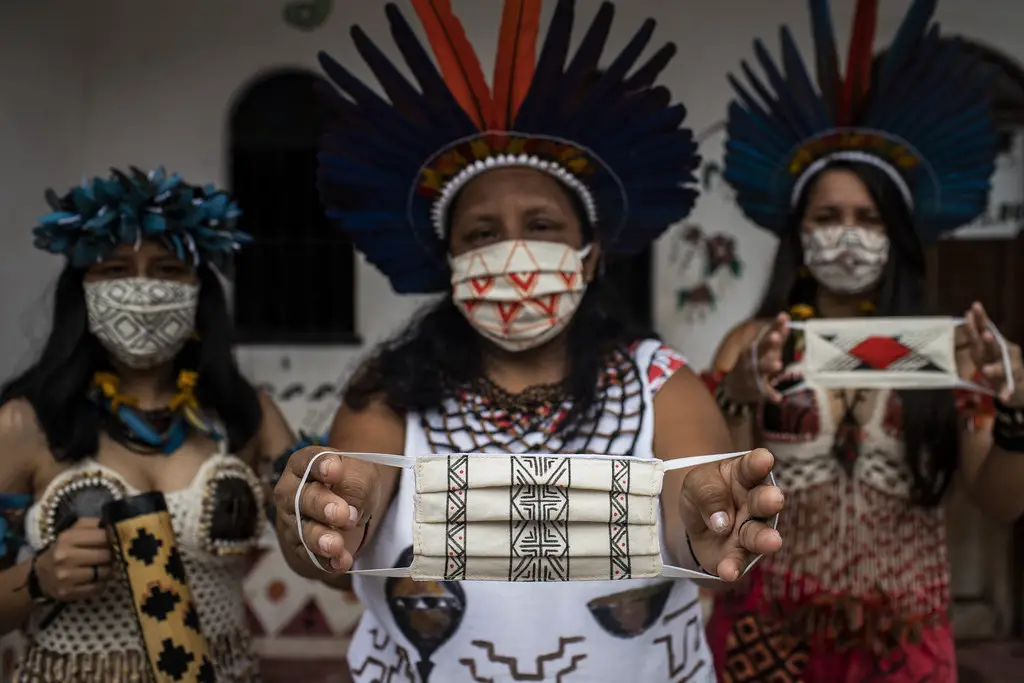
Aside from the bullet ant glove, Satere-Mawe boys also had to pass intense hunting tests. They were sent into the jungle alone, expected to bring back game.
The experience tested not only their physical endurance but also their ability to navigate and track. Success meant they could provide for a future family. It was a crucial step in becoming a respected man.
